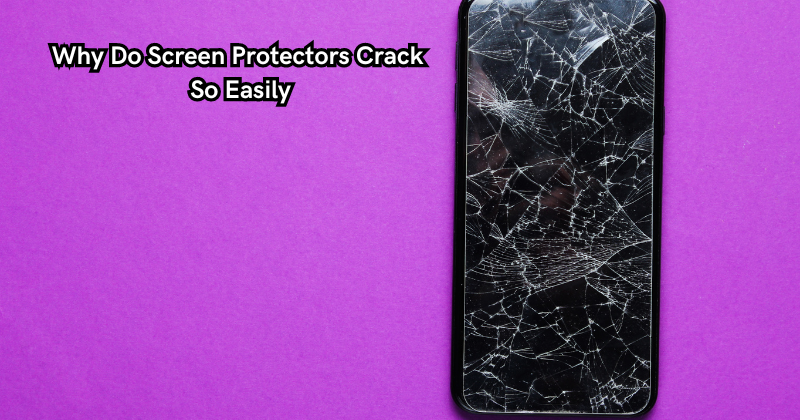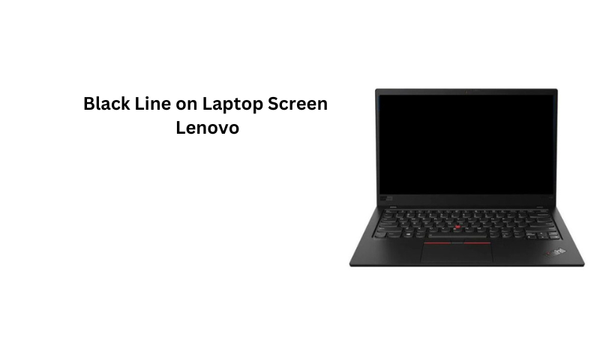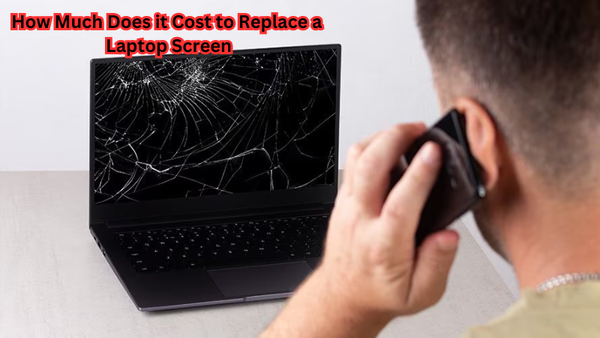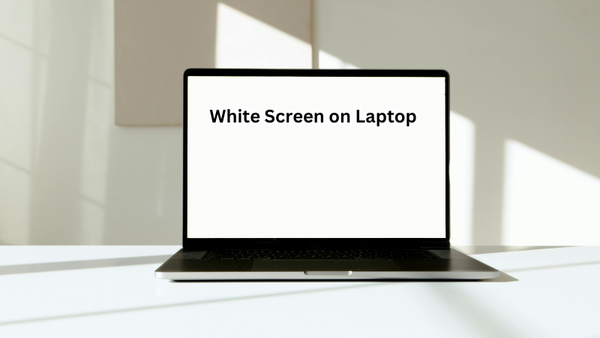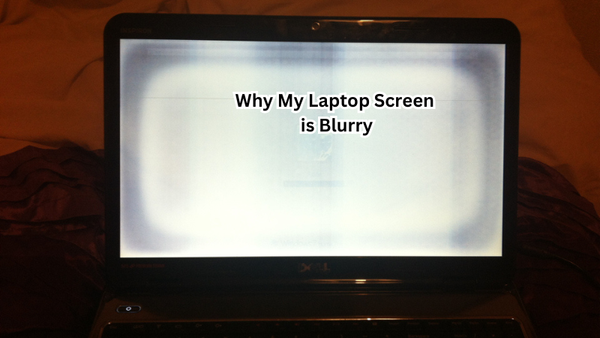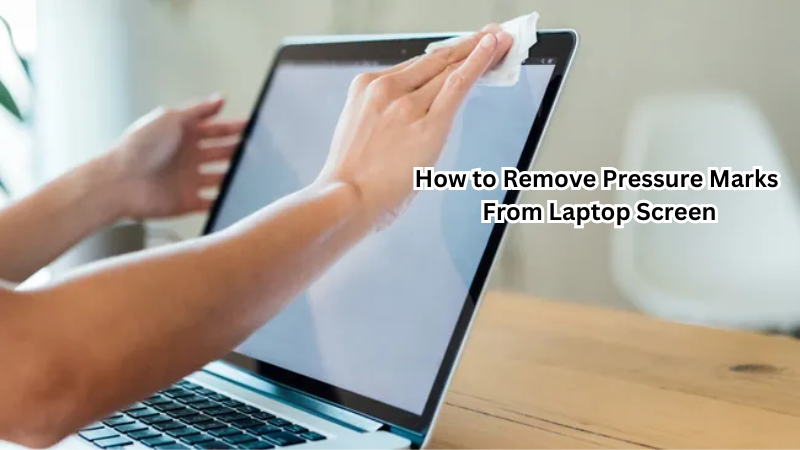Screen protectors cracking easily can be a frustrating experience for many device users. The susceptibility of screen protectors to cracking is often attributed to various factors, including the quality of the material used, improper installation, impact resistance limitations, and the design of the device itself.
Factors such as sudden impacts, pressure points, or even small debris trapped between the screen and the protector can all contribute to the vulnerability of screen protectors. Understanding why screen protectors crack easily is crucial for selecting the most suitable protector for your device and adopting proper handling practices to enhance durability.
Let's delve deeper into the reasons behind this common issue to equip users with the knowledge needed to make informed choices for protecting their screens effectively.
Overview of Screen Protectors and their Composition
Screen protectors are thin layers of material used to safeguard device screens from scratches, cracks, and other forms of damage.
They come in various sizes, shapes, and materials such as tempered glass or polyurethane film. Each type offers different levels of protection and has unique properties that may make them more or less prone to cracking.
Tempered glass protectors, for instance, are known for their high impact resistance and scratch resistance. However, they can still crack under specific circumstances.
On the other hand, polyurethane film protectors may not have the same level of toughness as tempered glass but can provide better flexibility and self-healing properties. Ultimately, it is essential to consider these factors when selecting a screen protector to ensure your device's safety.
Different Types of Screen Protectors and How They Crack
As mentioned earlier, there are various types of screen protectors, and each has its unique properties that make them susceptible to cracking in different ways. Let's look at some common types of protectors and the reasons behind their tendency to crack.
Tempered Glass Protectors:
Tempered glass screen protectors are known for their high impact resistance. However, they may still crack under extreme impacts or drops, especially if the force is concentrated on one point. The tempered glass screen protector material is also prone to shattering instead of cracking in a linear pattern, making it more susceptible to complete breakage.
Polyurethane Film Protectors:
These protectors are usually thinner and more flexible than tempered glass, making them less prone to shattering. However, they may still develop cracks if subjected to sharp or pointed objects such as keys or coins. The self-healing properties of polyurethane film protectors can also cause the material to weaken over time, resulting in cracks.
Plastic Protectors:
Plastic protectors may offer minimal protection compared to tempered glass or polyurethane film. They are also more prone to scratches and can develop cracks easily if subjected to impacts or pressure points on the screen. The low durability of plastic protectors makes them less popular among device users.
Phone screen protector for device is specially designed for mobile devices. Their design may offer better fit and aesthetics, but they may also be more susceptible to cracking due to the curved edges on some devices.
Types of Cracks in Screen Protectors
Before we can understand why screen protectors crack easily, it is crucial to identify the different types of cracks that can occur. These include:
- Impact cracks: Caused by sudden and forceful impacts on the screen protector.
- Pressure point cracks: Resulting from uneven pressure distribution on the protector.
- Stress fractures: Developing over time due to repeated use and wear.
- Adhesive failure: When the protector does not stick properly to the screen, leaving gaps that can lead to cracks.
These types of cracks can occur in any type of screen protector, and understanding their causes can help users take preventive measures to avoid them.
Causes Why Do Screen Protectors Crack So Easily
Quality of Material Used
The quality of the material used in a screen protector can significantly affect its durability. Low-quality materials may not have the necessary strength to withstand impacts and pressure, making them more susceptible to cracking. It is crucial to invest in high-quality screen protectors from reputable brands to mitigate this risk. Screen protector cracked is often a sign of using a low-quality material.
Improper Installation
As mentioned earlier, improper installation can also cause screen protectors to crack easily. If not installed correctly, air bubbles or misalignment can create pressure points that weaken the protector over time. It is essential to follow the instructions provided carefully and ensure a clean installation surface.
Compatibility Issues
Not all screen protectors are compatible with every device. Using a protector meant for a different device or screen size can cause it to crack easily. Always ensure that you purchase a protector specifically designed for your device.
Wear and Tear
Screen protectors are not meant to last forever, and they will eventually wear out with use. Repeated impacts, pressure, and exposure to heat can weaken the protector, making it more susceptible to cracking. It is essential to replace your screen protector when you notice any signs of wear and tear. Phone's screen protector may need to be replaced more frequently due to frequent use.
User Habits
Lastly, user habits such as dropping the device frequently or using sharp objects on the screen can also contribute to screen protectors cracking easily. It is crucial to handle your device with care and avoid any activities that may put unnecessary pressure or impacts on the screen.
These are some of the reasons why screen protectors may crack easily, and understanding them can help users take preventative measures to enhance the longevity of their protectors.
Proper Handling Practices for Screen Protectors
To enhance the longevity of your screen protector, it is crucial to adopt proper handling practices. Here are some tips to consider:
- Proper Installation: Improper installation can be a leading cause of screen protectors cracking easily. Ensure that you clean the screen thoroughly and follow the instructions provided for installation carefully to avoid creating air bubbles or misaligning the protector.
- Avoid Pressure Points: Pressure points can weaken the protector and cause cracks over time. Avoid placing excessive pressure on one point of the screen, such as pressing down too hard when using a stylus or pencil.
- Regular Cleaning: Dirt, dust, and debris trapped between the screen and the protector can create pressure points or scratches that may lead to cracking. Regularly clean your device's screen and protector to prevent this.
- Replace When Necessary: Screen protectors are not meant to last forever, and they will eventually wear out. If you notice any cracks or scratches on your protector, it may be time to replace it with a new one.
- Handle with Care: Take care when handling your device, and avoid dropping it or exposing it to sharp objects. Shattered screen protector can also cause harm to users if not handled carefully.
Screen glass protector is an essential accessory for devices, and taking proper care of it can enhance its durability.
How To Find The Best Screen Protectors for your Device?
With so many different types of screen protectors available, it can be overwhelming to choose the right one for your device. Here are some factors to consider when looking for the best screen protector:
- Material: Consider the material used in the protector and its durability. Actual screen protectors are generally more durable than plastic ones.
- Compatibility: Ensure that the protector is compatible with your device and its screen size.
- Protection Level: Decide on the level of protection you need, whether it be against scratches, impacts, or both.
- Brand/Reviews: Research different brands and read reviews to determine which ones have a good reputation for durability and quality.
- Price: Screen protectors come in various price ranges, so consider your budget when making a decision. Keep in mind that a higher price does not always guarantee better quality.
FAQs
Can I use a phone without a screen protector?
Yes, you can use a phone without a screen protector. However, using one can protect your device's screen from scratches and impacts, potentially saving you from expensive repairs.
How often should I replace my screen protector?
Screen protectors generally last for about 6 months to a year, depending on usage. However, if you notice any signs of wear and tear, it is best to replace it sooner.
Are tempered glass screen protectors better than plastic ones?
Tempered glass screen protectors are generally considered more durable and offer better protection against impacts and scratches compared to plastic ones. However, their thickness may affect the sensitivity of touch screens.
Conclusion
In conclusion, understanding the causes of cracked screen protectors and adopting proper handling practices can help enhance their longevity.
When looking for the best protector for your device, consider factors such as compatibility, protection level, material, brand/reviews, and price. Remember to replace your protector when necessary and handle your device with care to avoid any accidents or damages.
By following these tips, you can ensure that your device's screen remains protected and in good condition. Don't wait until it's too late – invest in a high-quality screen protector today to avoid costly repairs or replacements in the future! So, protect your device with a screen protector and enjoy worry-free usage. Happy protecting!
